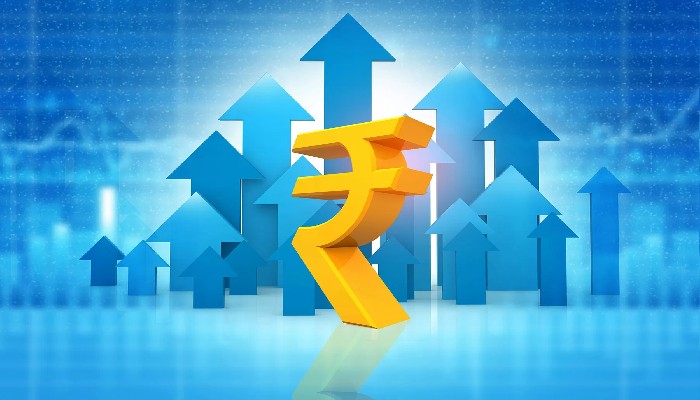Writing in his recent opinion piece in Bloomberg, Andy Mukherjee said India will take several years to emerge as an alternative investment destination to China, even as facts on the ground belie his claims
Claim:
Bloomberg said shipments out of India hit a 20-month low in October. The recent GDP data shows clear signs of the country’s industrial sector losing momentum. The unemployment rate has risen to 8%.
Counterclaim:
India’s overall exports---merchandise and services combined—in October 2022, were estimated to be $58.36 billion, exhibiting a growth of 4.03% over the same period in 2021. In September 2022, overall exports were estimated to be $61.10 billion, exhibiting a growth of 11.82% over the same period. On the other hand, the World Bank has revised its growth projection for India from 6.5 % in October to 6.9% for the current fiscal year. Giving its reason behind its new growth projection for India, the World Bank said India’s growth prospects were better than most other emerging markets, when it came to weathering slow global growth and higher commodity prices.
The World Bank noted that despite challenges in the global economy, India has remained one of the fastest growing major economies in the world due to robust domestic demand. “India’s economy has been remarkably resilient to the deteriorating external environment, and strong macroeconomic fundamentals have placed it in good stead compared to other emerging market economies,” World Bank’s country director for India Auguste Tano said.
Even the country’s industrial sector has shown signs of growth. Industrial growth, measured by the Index of Industrial Production (IIP), recorded a growth of 3.1% in September, as against a contraction of 0.7% in August, data released by the National Statistical Office showed.
On the job front, according to the Centre for Monitoring Indian Economy, over 8.5 million salaried jobs were added during September-October 2022 taking the total number of salaried workers in the country to 85-86 million with highest addition in urban salaried jobs. Last month, under ‘Rozgar Mela,’ Prime Minister Narendra Modi gave 71,000 appointment letters to new recruits. This is an addition to 75,000 appointment letters given by the government in October 2022.
Similarly, an analysis of the Employee’s Provident Fund Organisation data suggests significant increase in formalisation of the job market during 2021. Even as in November, 2021, the monthly net additional EPF subscription peaked with 1.395 million (13.95 lakh) new subscribers, the highest in any given month since 2017.
Claim:
Bloomberg said: It is hard to see 2023 as a great year for the urban middle-class as global tech-industry layoffs affect jobs and capital availability for start-ups. Rural demand is anyway sluggish, according to consumer-goods companies.
Counterclaim:
Although India is plagued by a rise in commodity prices and tightening monetary policy by the central bank, yet the World Bank is confident that the global slowdown has a much lower impact on India, compared with other emerging economies. Fitch ratings agency in its December edition of the Global Economic Outlook, has projected India’s GDP at 7% in the current fiscal, ending March 2023.
The global rating agency said India is shielded to some extent from global economic shocks given the domestically focused nature of its economy, with consumption and investment making up the bulk of the country’s GDP. Earlier, Finance Minister Nirmala Sitharaman said the Indian economy will stay the course and is projected to grow at 7% in FY 2023-23.
As per a recent study of Morgan Stanley, a combination of factors like wider opening, improving labour market and terms of trade for the rural sector will result in rural demand to rebound in India. The New York-based investment management and financial services company said overall economic activity has been normalising in India over the past three months. If this US-based company is to be believed, the Indian government’s spending directed towards rural areas continues to track at 3.3% of GDP in comparison to the pre-pandemic trend of 2.2% of GDP.











 Contact Us
Contact Us
 Subscribe
Subscribe
 News Letter
News Letter
 Instagram
Instagram Youtube
Youtube